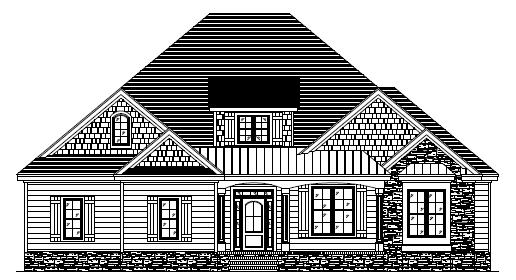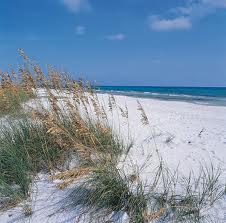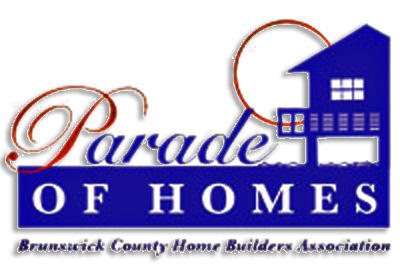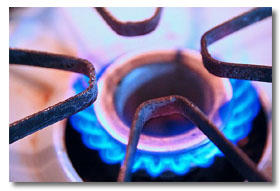Centerline Construction Chat: Renovation Series Part III – Building Materials
Categories: Brunswick County Home Building, Centerline Construction Chat, Renovation | Posted: August 17, 2013
Learn about what building materials should be involved when doing a renovation or addition on your home from Centerline Development’s Jeff Satterwhite.
The Renovation:
Adding another room to an existing home that is about 10-12 years old in St. James Plantation, located in Coastal North Carolina.
Subject of Video:
Building Materials
Materials:
The first stacked pile on the left consists of 3/4 inch sub-flooring, tongue-and-groove, designed to get wet so that it does not warp or split during the construction process. The product name is Advantec Flooring by Huber Engineering – some of the best sub-floor on the market. The blue material in the video is 7/16 inch sheathing called OSB or Oriented Strand Board – so the pieces of wood are oriented in different directions in order to give it strength. It is a structural sheathing and it’s used for walls and roof.
The materials next to those are standard studs – we use mostly Spruce and Southern Yellow Pine. They are called “2 by 4’s” but they are really only 1.5/3.5 inches thick. The yellow material is called an LVL which is a laminated beam. Those are the structure members, or members that the floor joist or materials rest on or hanger into as a bearing point load. Below that, are 2X10’s made of Southern Yellow Pine, which is a very strong material used for floor joist, ceiling joist and rafters.
In the boxes are Simpson Hangers. The one shown is an H-10. An H-10 hanger goes on every single rafter, in this wind zone. The other is a Floor Joist Hanger and they come in all different sizes from 2X4 up to 2X12 and a lot of other specialty hangers. They are all galvanized, very strong material and designed to be used in this wind zone to hold the house together during high wind loads.
If you have any questions about renovations or new construction, or are thinking of updating your home in St. James Plantation, NC or anywhere in Eastern North Carolina, Please contact Jeff at Jeff@GoCenterline.com or (910) 620-8883
View our Previous Renovation Series Videos:
Centerline Construction Chat: Renovation Series Part II – Mechanical and Floodplain
Centerline Construction Chat: Renovation Series Part I – Elevated Renovation




 With the large ‘range’ of options available, it can be overwhelming to narrow the field to choosing between gas or electric, and furthermore, deciding on a model. Many people have strong opinions and swear by one or the other. In reality, they will both get the job done and each has its own strengths and weaknesses.
With the large ‘range’ of options available, it can be overwhelming to narrow the field to choosing between gas or electric, and furthermore, deciding on a model. Many people have strong opinions and swear by one or the other. In reality, they will both get the job done and each has its own strengths and weaknesses.






